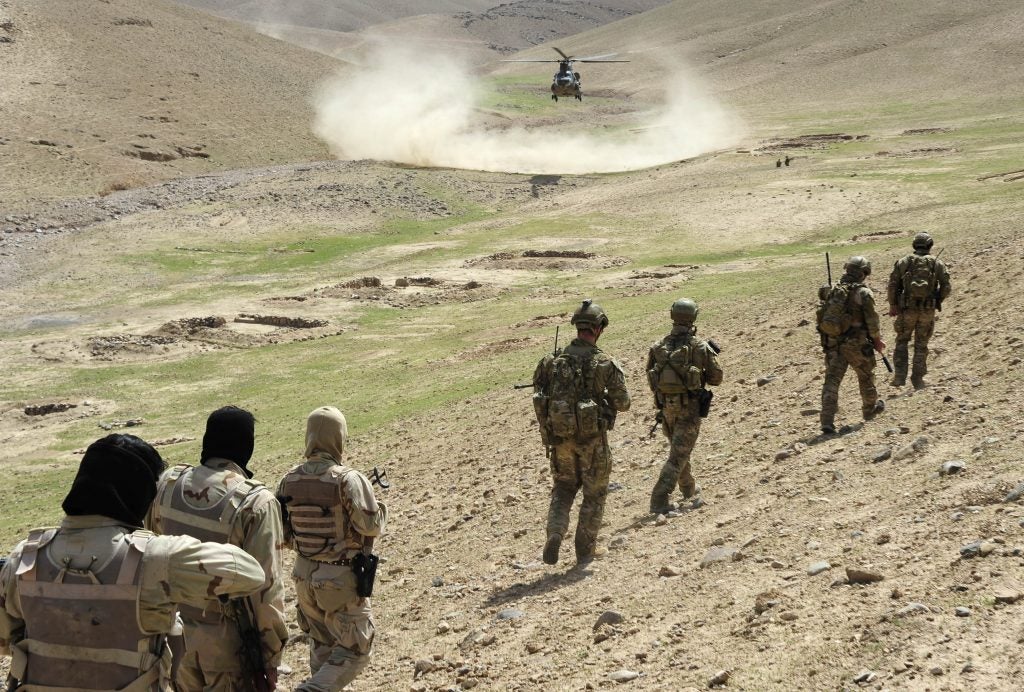Australian Special Operations Forces War Crimes in Afghanistan Confirmed
“It is alleged that some patrols took the law into their own hands, rules were broken, stories concocted, lies told and prisoners killed.”
The Chief of the Defence Force (CDF) Angus Campbell today confirmed long-standing rumours that Australian special operations forces (SOF) were responsible for the illegal killing of Afghan non-combatants and prisoners during multiple rotations in southern Afghanistan. The incidents “… are incredibly damaging to an organisation and to the future of an organisation like the Australian Defence Force” Campbell said. The incidents are detailed in a report issued by the Inspector General of the Australian Defence Force (IGADF).
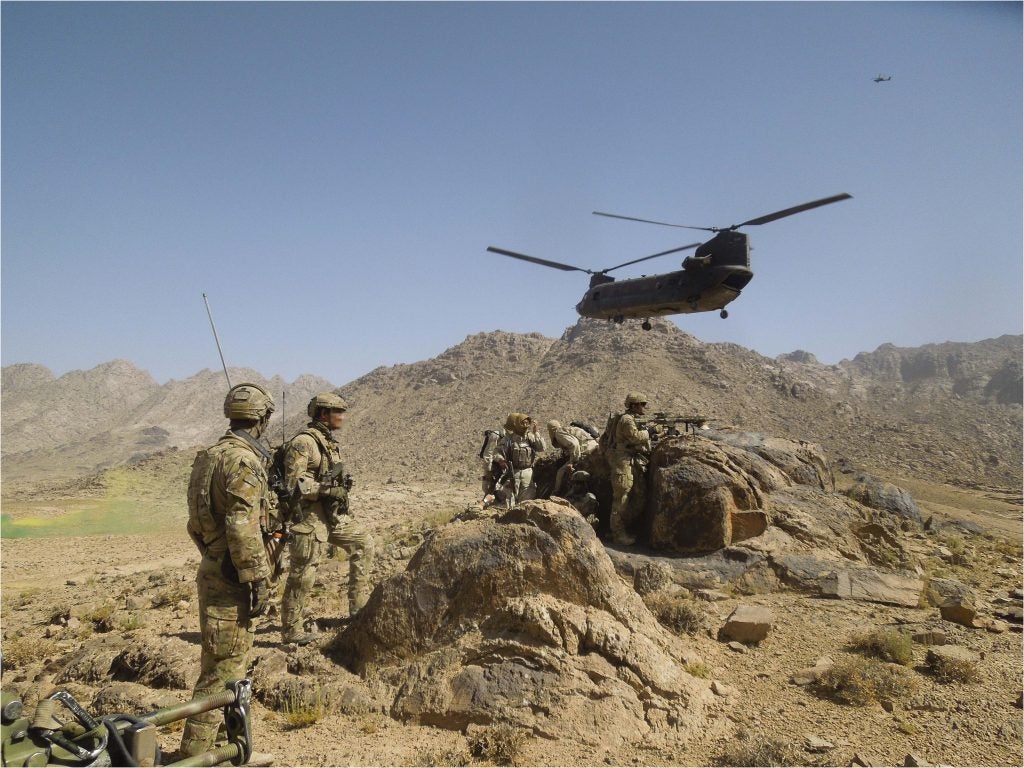
The 465-page report deals with allegations of 39 unlawful killings by or involving Australian Defence Force (ADF) members. The report also covers separate allegations that ADF members cruelly treated persons under their control. Instrumentally, none of the alleged crimes were committed during the heat of battle. The victims were non-combatants or prisoners.
The inquiry began in 2016, with the remit to investigate rumours of war crimes carried out by members of the Australian Special Operations Task Group (SOTG) in Afghanistan between 2007 and 2016. SOTG rotations typically saw a company strength element (Force Element Bravo) from 2 Commando Regiment (2CDO) and a troop strength (around 16 man) element from the Special Air Service Regiment (SASR) (Force Element Alpha) deployed for a four month rotation based out of Tarin Kowt in Uruzgan Province.
The SOTGs were also supported by what is now the Special Operations Engineer Regiment (SOER, formerly the Incident Response Regiment) as Force Element Echo and the reservist 1 Commando Regiment as Force Element Charlie who provided individual replacements to 2 Commando and conducted a number of winter tours.
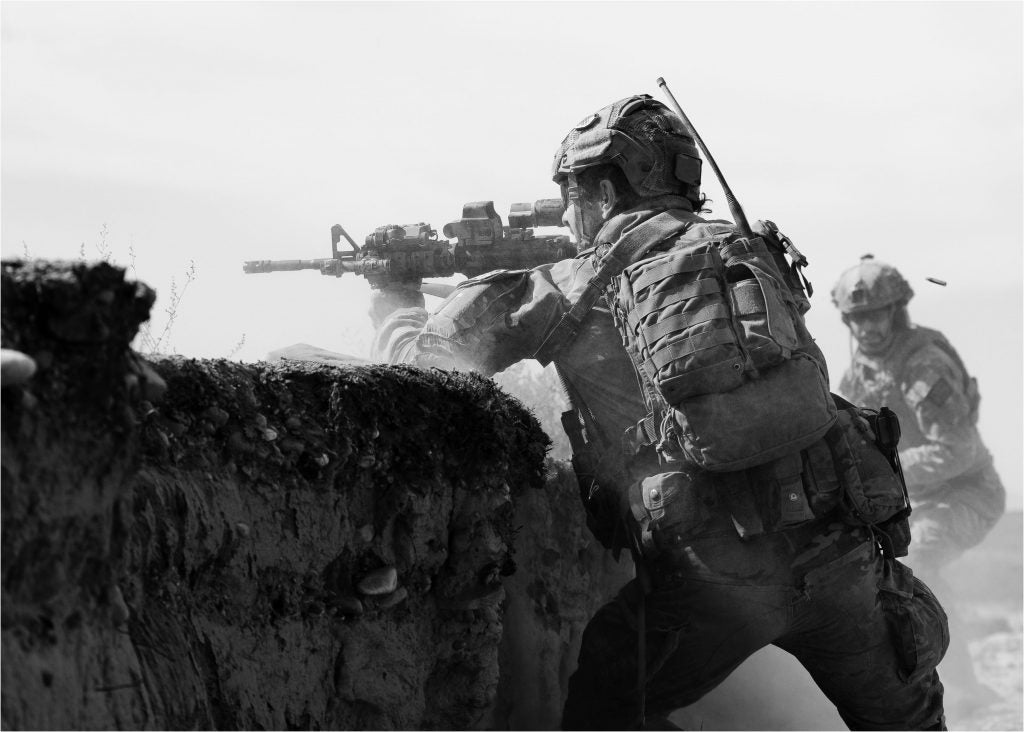
From a total of 57 incidents investigated by Major General Paul Brereton, for the IGADF over the past four years, 23 incidents of illegal killings were substantiated. The report found 25 former or currently serving members of the Australian Army were directly implicated in these killings. Ten further incidents remain ‘open’ and subject to further investigation for which it is recommended an Afghanistan Inquiry Legacy Cell be established.
Campbell was at pains to point out that none of the 57 incidents investigated occurred during the chaos of a contact with the enemy or could be attributed to ‘fog of war’. Indeed the report itself notes the incidents are not “disputable decisions made under pressure in the heat of battle.”
The 23 substantiated incidents of illegal killings between 2009 and 2013 involved deliberate targeting of non-combatants and persons under control (PUC – the current term for enemy prisoners or detainees) after any active combat had ceased. The report states that in the cases which have credible information “are ones where it was, or should have been, plain that the person killed was a non-combatant.”
Additionally there are a significant number of incidents detailed in the inquiry report, including unlawful killings, which were found to be ‘credible’ by the IGADF but which, for a number of factors, no likely prospect of a successful war crime prosecution exists.
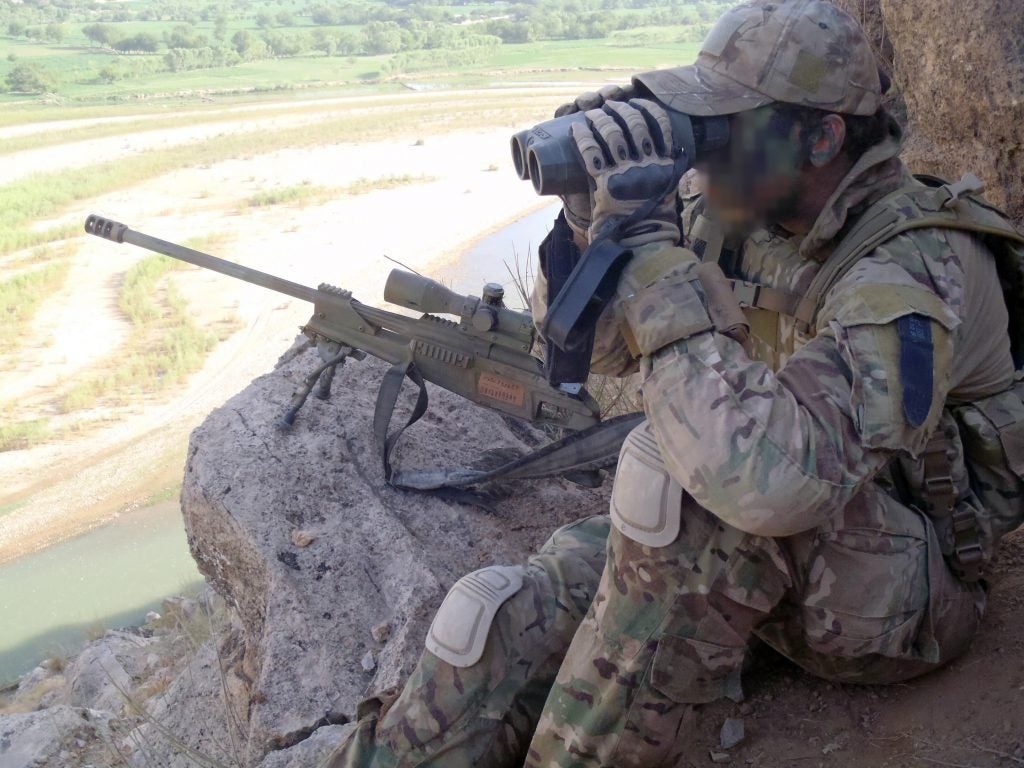
Of the 25 members directly implicated, only 19 are recommended by the report for referral to the Australian Federal Police (AFP) war crimes unit and the newly established Office of the Special Investigator (OSI), presumably because some of the 25 were later killed in action or committed suicide. A total of 36 ‘matters’ are to be referred to the AFP and OSI.
The report details the practice of ‘blooding’ SASR members who were new to theatre:
“… junior soldiers were required by their patrol commanders to shoot a prisoner, in order to achieve the soldier’s first kill, in a practice that was known as ‘blooding’. This would happen after the target compound had been secured, and local nationals had been secured as ‘persons under control’. Typically, the patrol commander would take a person under control and the junior member, who would then be directed to kill the person under control. ‘Throwdowns’ would be placed with the body, and a ‘cover story’ was created for the purposes of operational reporting and to deflect scrutiny. This was reinforced with a code of silence.”
The use of ‘drop weapons’ or ‘throwdowns’ to cover up either questionable shootings or outright illegal killings became commonplace:
“This practice probably originated for the less egregious though still dishonest purpose of avoiding scrutiny where a person who was legitimately engaged turned out not to be armed. But it evolved to be used for the purpose of concealing deliberate unlawful killings.”
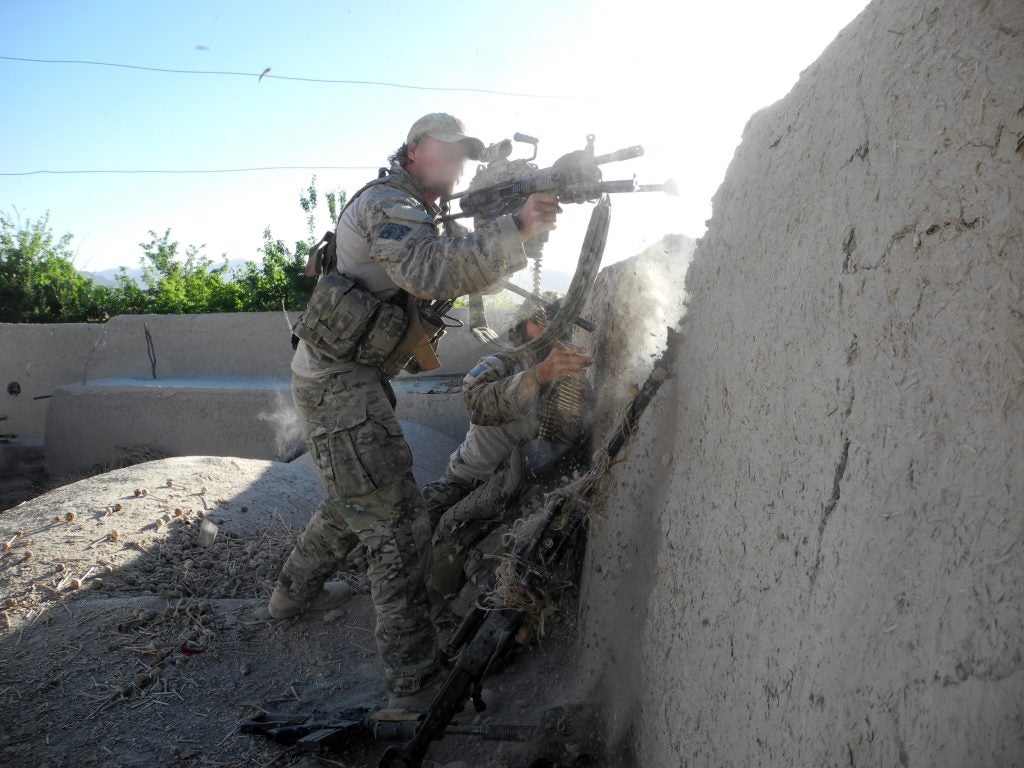
These included the so-called ‘Magic Makarov’, a pistol which repeatedly appeared in SASR SSE (sensitive site exploitation) photos. Photographing bodies and any weapons or related material is a standard technique across Western SOF and is used for intelligence gathering purposes. Pistols, grenades and iCom radios (cheap, ‘walkie-talkie’ type radios commonly employed by the insurgents) were the favoured ‘throwdowns’ due to portability. Various AK pattern rifles were also used, again including one with distinctive teal material wrapped around the foregrip which appeared in multiple SSE photo sets.
Amongst a staggering number of often wide-reaching recommendations, the IGADF report recommends that restitution is paid to the families of the Afghan victims “… without awaiting for establishment of criminal liability.” 2 Squadron, SASR, will be disbanded not necessarily because the majority of crimes were committed on their rotations but as a permanent symbolic reminder of the crimes committed. Another SASR squadron will eventually be raised and added to the order of battle to replace the capability.
The Meritorious Unit Citations awarded to SOTG rotations between 2007 and 2013 will be revoked. Individual awards, presumably including the Victoria Cross, will be reconsidered and revoked should the recipient be found to have been involved in unlawful conduct. Campbell noted that:
“Individuals alleged of unlawful criminal conduct will be referred to the Office of the Special Investigator. Individuals alleged to be negligent in the performance of their duty, will be managed through [Army] administrative and disciplinary processes.”
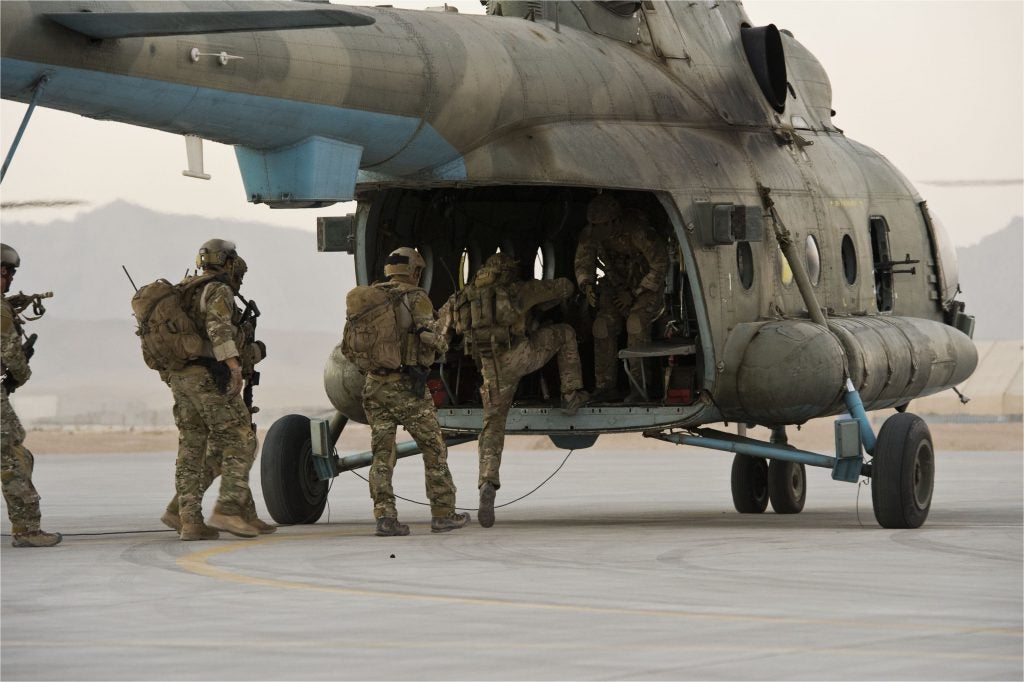
(Courtesy ADF)
The SOTG chain of command will not escape scrutiny but the enquiry found no evidence of a direct cover-up by task group officers: “Special Operations Task Group troop, squadron and task group Commanders must bear moral command responsibility and accountability for what happened under their command and control.”
The inquiry interviewed some 423 witnesses and examined more than 25,000 images and 20,000 documents. Despite a number of badged SASR members and SOF support personnel coming forward as ‘whistleblowers’, the inquiry faced significant resistance and was:
“frustrated by outright deceit by those who knew the truth and, not infrequently, misguided resistance to inquiries and investigations by their superiors. The inquiry has encountered enormous challenges in eliciting truthful disclosure in the closed, closely bonded, and highly compartmentalised Special Forces community, in which loyalty to one’s mates, immediate superiors and the unit are regarded as paramount, in which secrecy is at a premium and in which those who leak are anathema.”
Although SASR is implicated in the majority of substantiated incidents, the report notes that despite there not being:
“… a consistent pattern of misbehaviour in 2nd Commando Regiment or any of its sub-units, as it does in at least two Special Air Service Regiment squadrons… It cannot be excluded that that may be attributable to the Inquiry having less success in breaching the code of silence in 2nd Commando Regiment than in Special Air Service Regiment, but on the available evidence the Inquiry would attribute it to the closer resemblance of 2nd Commando Regiment to a conventional unit – in particular that its officers were not sidelined and disempowered, but very much remained in practical command of operations.”
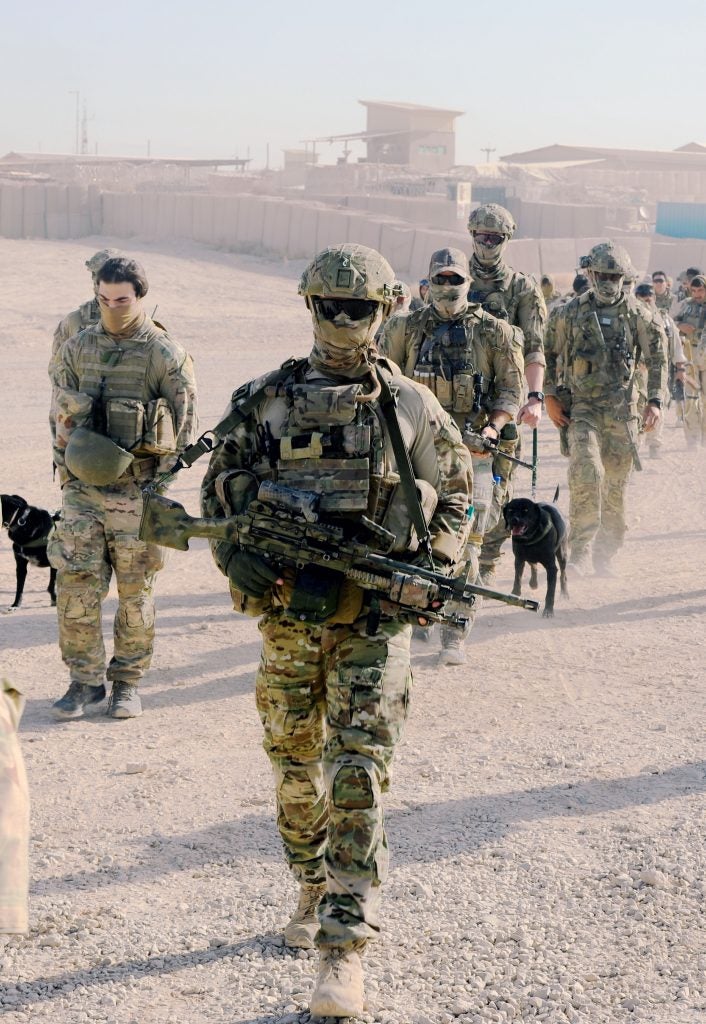
(Courtesy ADF)
A significant proportion of the blame is attributed to a so-called ‘warrior subculture’ within certain force elements, principally the SASR; “A substantial indirect responsibility falls upon those in [the] Special Air Service Regiment who embraced or fostered the ‘warrior culture’, and the clique of non-commissioned officers who propagated it.” General Campbell, when he was Chief of Army, banned all ‘death symbols’ in May 2018, evidently as a measure against this ‘warrior culture’. These ‘death symbols’ included Spartan and Punisher patches and imagery.
Chillingly the report notes that motivations for the criminality varied:
“Their motivation cannot be known with certainty, but it appears to include elements of an intention to ‘clear’ the battlefield of people believed to be insurgents, regardless of Law of Armed Conflict; to ‘blood’ new members of the patrol and troop; and to outscore other patrols in the number of enemy killed in action achieved; superimposed on the personal psyche of the relevant patrol commander.”
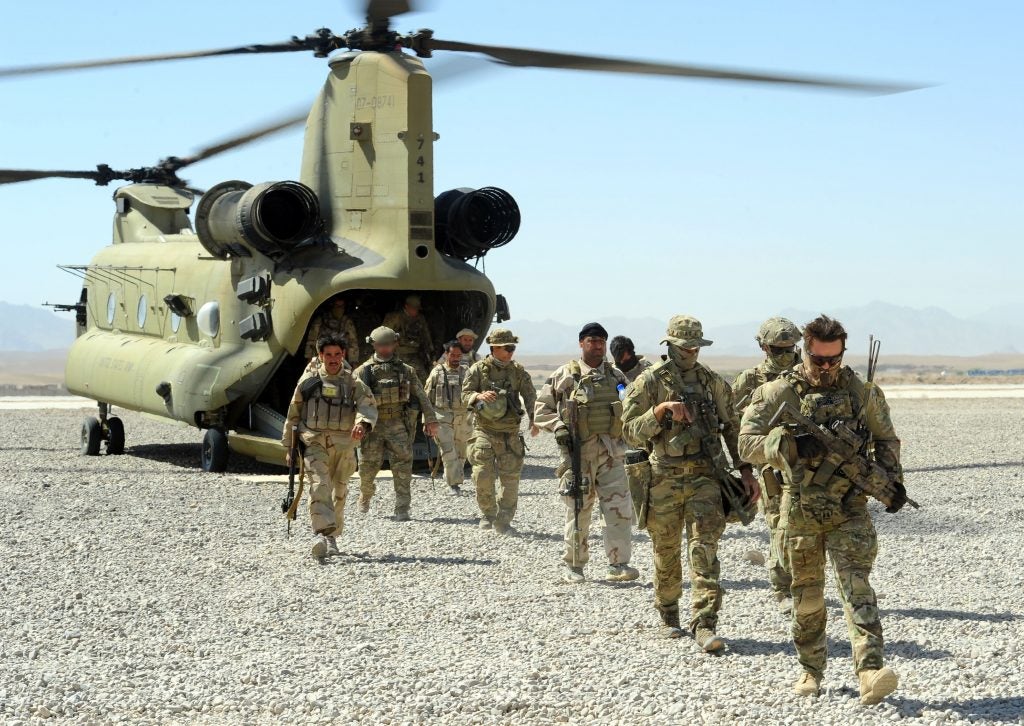
(Courtesy ADF)
The report makes obviously grim reading although there are indications that even darker acts were carried out. Two incident reports from 2012 are entirely redacted. One or both of these may relate to the alleged murder of two 14 year Afghan males who are alleged to have had their throats slit and their bodies bagged and dumped in the nearby water feature.
Others, again mainly redacted, indicate the use of waterboarding in tactical questioning. Another, entirely redacted, is noted to be “… possibly the most disgraceful episode in Australia’s military history.” Another notes the likely illegal use of military working dogs; “[the] prevalence of rumours of the use of dogs to inflict injuries on local nationals, including in the course of tactical questioning, is such that it is likely to have happened, though specific occasions have not been identified.”
The only positives to be drawn are that a number of these incidents, and indeed the criminality as a whole, was exposed by serving members of the SASR (and presumably 2 Commando) and support elements who, in the words of General Campbell, decided that “this is not who we are” and took measures to ensure the behaviour was brought to light, often at great personal risk.
Additionally, unlike similar accusations leveled against UK Special Forces and US Navy SOF, the Australian Army, and civilian government, have taken the extraordinary step of deciding on transparency and the rule of law, whatever the consequences. This can only be applauded.
A transcript of CDF General Angus Campbell’s statement can be found here.
Dr Samantha Crompvoets’ cultural review of Special Operations Command (SOCOMD), ‘Special Operations Command (SOCOMD) Culture and Interactions: Insights and reflection’ which led directly to the IGADF inquiry can be found here.
The IGADF Report, in redacted unclassified form, can be found here.
The opinions expressed in this editorial are those of the author and may not necessarily reflect the opinions or views of Overt Defense

